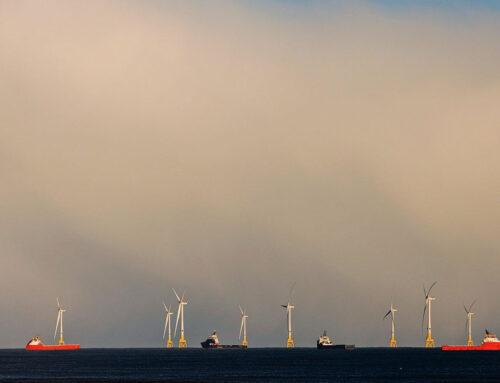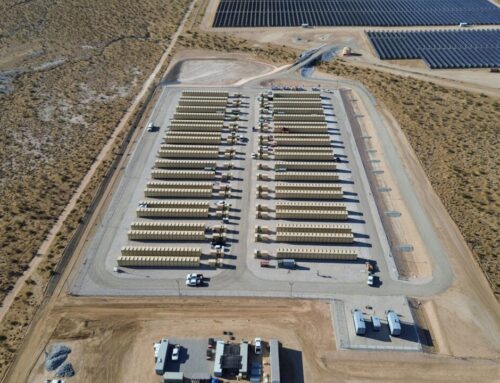‘Cheap’ solar and wind is a lie, green countries pay more!
May 7, 2025
Ask families in Germany and the UK what happens when more and more supposedly “cheap” solar and wind power is added to the national power mix, and they can tell you by looking at their utility bills: It gets far more expensive.
The idea that power should get cheaper as we get more green energy is only true if we exclusively used electricity when the sun is shining and the wind is blowing.
But modern societies need power around the clock. When there is no sun and wind, green energy needs plenty of backup, often powered by fossil fuels. What this means is that we pay for not one but two power systems.

And as the backup fossil fuel power sources are used less, they need to earn their capital costs back in fewer hours, leading to even more expensive power.
This means real energy costs of solar and wind are far higher. One study looking at China showed that the real cost of solar power on average turns out to be twice as high as coal, while a peer-reviewed study of Germany and Texas shows solar and wind are many times more expensive than fossil fuels.
Germany and the UK now have so much “low-cost” solar and wind that their electricity costs have become among the world’s most expensive.
The latest data from the International Energy Agency make it clear that there is a strong and clear correlation between more solar and wind and much higher average energy prices for households and industries.
In a country with little or no solar and wind, the average electricity cost is a bit over 11¢ per kilowatt-hour.
For every 10 percentage points of solar and wind, the cost increases by more than 4¢. The results are nearly similar for 2019, before any impacts of COVID and the Ukraine war.
Look at Germany, where 34¢ per kWh is more than twice the US cost and nearly four times the Chinese price.
Germany has installed so much solar and wind that, at full capacity, it could produce two times Germany’s electricity demand.
In reality, on days with plenty of wind and sun, renewable energy produces close to 70% of Germany’s needs. Such days get excited press attention.
The press hardly mentions the days that are dark and still. Twice this winter, when all of Europe was cloudy and nearly windless, solar and wind delivered less than 4% of the daily power Germany needed.
Battery technology can’t cope: Germany’s entire battery storage runs out in about 20 minutes.
That leaves more than 23 hours of energy that needs to be powered mostly by fossil fuels. The result: During these lulls, Germany saw some of the costliest power prices, with wholesale prices reaching a phenomenal $1 per kWh.
At least climate-enthused governments in Europe are generally honest about these costs because electricity prices include most of the solar and wind costs, so consumers see the impact of green energy policies.
In the US, however, solar and wind costs are paid indirectly through tax deductions, implying that the actual cost of electricity with solar and wind is perhaps 25% higher than stated prices.
Poor countries are especially hurt by the lie of cheap green energy. Rich countries now refuse to help poor countries with fossil-fuel projects.
If solar and wind really were cheaper, the world’s poorer countries would have an inexpensive way to leapfrog from today’s energy poverty to energy abundance.
New energy infrastructure would all be solar and wind. Yet this only happens in rich countries, where electricity consumption is declining, while generous subsidies and a large, existing fossil fuel backup infrastructure make our solar and wind deception possible.
Instead, across poorer countries, where electricity consumption rose almost 5% from 2022 to 2023, most of the addition came from fossil fuels, with coal contributing more than all solar and wind additions.
In China, there was more new coal than new solar and wind. Bangladesh added 13 times more coal than solar and wind. Despite India’s ambitious solar targets, its coal additions were three times larger than solar and wind additions.
We will only fix climate change and make a transition when green energy truly becomes cheaper than fossil fuels.
Investment in green energy research and development — for example, to develop fourth-generation nuclear and much cheaper batteries — should be our priority.
But mostly, we need to face up to the truth. The claim that cheap solar and wind is taking over from fossil fuels is a dangerous, expensive lie.
Bjorn Lomborg is president of the Copenhagen Consensus, visiting fellow at Stanford University’s Hoover Institution, and author of “False Alarm” and “Best Things First.”
Search
RECENT PRESS RELEASES
Related Post



